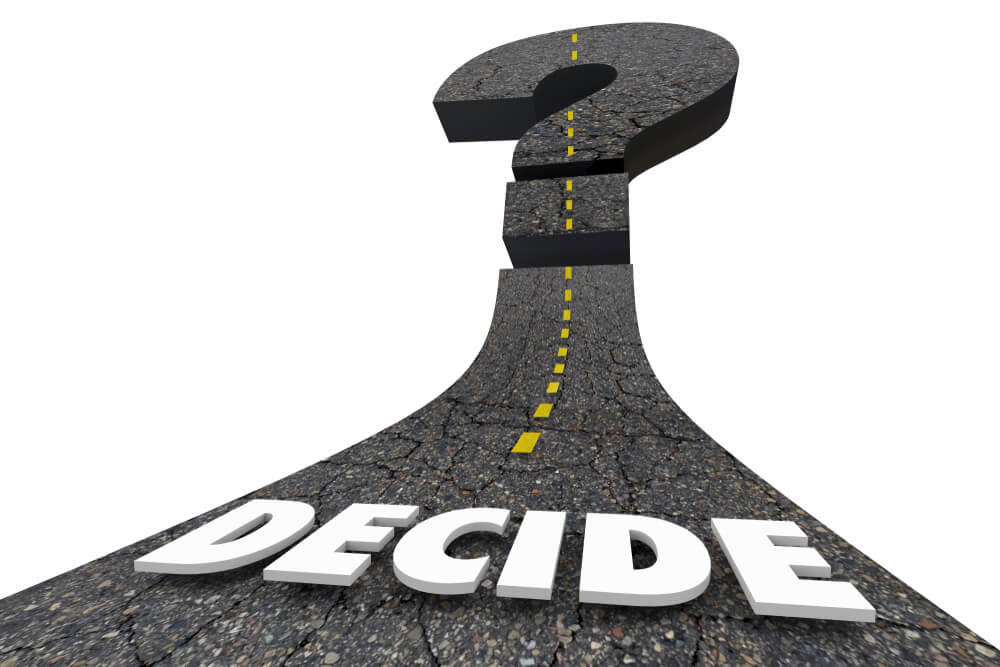International Baccalaureate (IB) Vs. A’ Levels: Which Is Better?
Published on 26 April 2019 by Edu Aid | For Parents | For Students | Tuition

Introduction
The outstanding performance of Singapore students in the International Baccalaureate (IB) diploma exams has continued to set new records worldwide. Not only is Singapore ranked as the top-performing country with a record pass rate of 98.8% in the IB diploma exams, but nearly half of those who achieved perfect scores also came from the city-state.
These amazing statistics may prompt many parents to sit up and wonder what the IB programme is all about.
Less frequently chosen by Singaporean students, the International Baccalaureate Diploma Programme (IBDP) is a two-year pre-university programme attended by students aged 16 to 18. This is the same age range as students in junior colleges, who will take the A-level national exam at the end of their two-year education, which is the more common pathway to university.
Compared to the A level, which is more content-heavy and grade dependent, the IB programme consists of external and internal assessments with different weightage. Besides written examinations and assignment tasks that are marked by school teachers, students will need to complete research essays that are reflection pieces of what they have learned. These are marked by external examiners.
The philosophy behind the IB curriculum is to nurture independent learners who are critical thinkers with the ability to solve complex problems, especially those related to global issues. Singapore parents who wish to send their children to prestigious overseas universities such as Ivy League or top US universities often choose to enrol their children in IB programmes.
Currently, there are 39 IB schools in Singapore. Parents might be surprised to know that Singapore houses some of the top IB schools in the world, including Anglo Chinese School (ASC) – ranked 3rd, St Joseph’s Institution (SJI)- ranked 6th and Tanglin Trust School -ranked 10th.
What are the Differences between International Baccalaureate (IB) & A’ Levels
While the IB vs A-levels are the most widely accepted pre-university qualification programmes, here are some key differences.
Curriculum
A-level is a two-year curriculum grouped according to three focused areas: life skills, knowledge skills (general paper, project work or knowledge and inquiry) and content subject disciplines (languages, humanities and arts and mathematics and sciences). Core content subjects such as maths, chemistry, physics and humanities are tiered into different difficulty levels such as H1, H2 and H3, to cater to different learning capabilities. Students must choose at least one subject from another contrasting subject discipline. To get into Singapore universities, students typically need four content subjects on top of mother tongue requirements.
The International Baccalaureate (IB) diploma programme incorporates six subject groups, including language and literature, language acquisition, individuals and societies, sciences, mathematics, and the arts. Students can choose courses from these six groups. Students can also choose to take additional science, individuals and societies or languages courses instead of art courses. Each student can take three to four subjects at a higher level and the remaining subjects at a standard level. It is clear that compared to A levels, the IB programme offers a wider spread of subjects and probably a more holistic approach to education.
Assessment and scoring criteria
The IB diploma programme tests are marked on a scale from 1 to 7, with the highest mark being 7. Each subject is marked out of 7, and the pass mark is an average of 24. The final exam grade is obtained by adding six subject scores plus the points. The International Baccalaureate programme uses various assessment techniques such as assignments, projects, or practical activities awarded by Theory of Knowledge (TOK) and Extended Essay. An excellent score is 40 points or higher.
In contrast to the IB diploma programme, A-level grading is focused on final examinations. The mark scheme for each paper is based on specific subject knowledge and understanding that the student displayed based on questions set out by the exam board; performance is graded from A to E.
Education outcome
As deduced from the assessment criteria, it is apparent that the IB curriculum is broader and more extensive, allowing students to acquire a range of hard and soft skill sets to make connections between their learning to the real world. On the other hand, A level curriculum provides students with more depth to acquire subject mastery in preparation for university courses.
A level vs IB difficulty; Which is more difficult?
A level is a mainstream education in Singapore. It focuses more on subject knowledge and understanding, which involves memorisation and recall. Students are streamed into either science (taking up subjects such as physics, biology, or chemistry) or arts stream (history, geography, literature) based on their O levels results. However, most students are often caught in the grey area where they remain undecided on what to pursue.
In contrast, IB students learn to develop skills that extend beyond the classroom. The learning philosophy is more student-centric, as students can select courses from a broader range of topics. Life-long skills such as research and analysis, and critical thinking can be cultivated through coursework and essays.
Weighing both these education systems, it is difficult to determine which is more difficult as they both have their strengths and weaknesses. We can say that A level vs ib difficulty largely depends on a student’s inclination, academic aspirations, and career goals.
Typically, students who tend to have the knowledge, skills and strategies to perform well during examinations might perform better at the A level. Students who are independent in organising their learning time, prioritising their workload and conducting research will excel in the IB assessments.
A level vs. IB Singapore: Education landscape in Singapore.
Many students in Singapore only consider enrolling in a JC or Polytechnic after O levels because they are unfamiliar with the IB diploma programme. Another reason is the high cost of IB education in Singapore, which typically costs between $20k-$40k annually.
IB school enrolment is more prevalent among the children of expatriates working in Singapore who aim to send their children to universities overseas after graduation.
Conclusion
A-level and IB programmes are excellent educational pathways, yet their differences make them suitable for different objectives and goals. Ultimately, students should choose the programme which best fits their goals, aspirations and resources.
Ask yourself some questions: What career path will you take after graduation? Do you have sufficient financial resources? What kind of learning environment would you like to immerse yourself in?
We hope this article has given you a better understanding of the differences between A-level and IB programmes. If you are a parent looking to support your children’s IB academic journey, Edu Aid offers experienced, qualified, certified IB tutors who can help guide your children.





